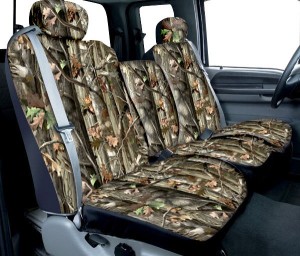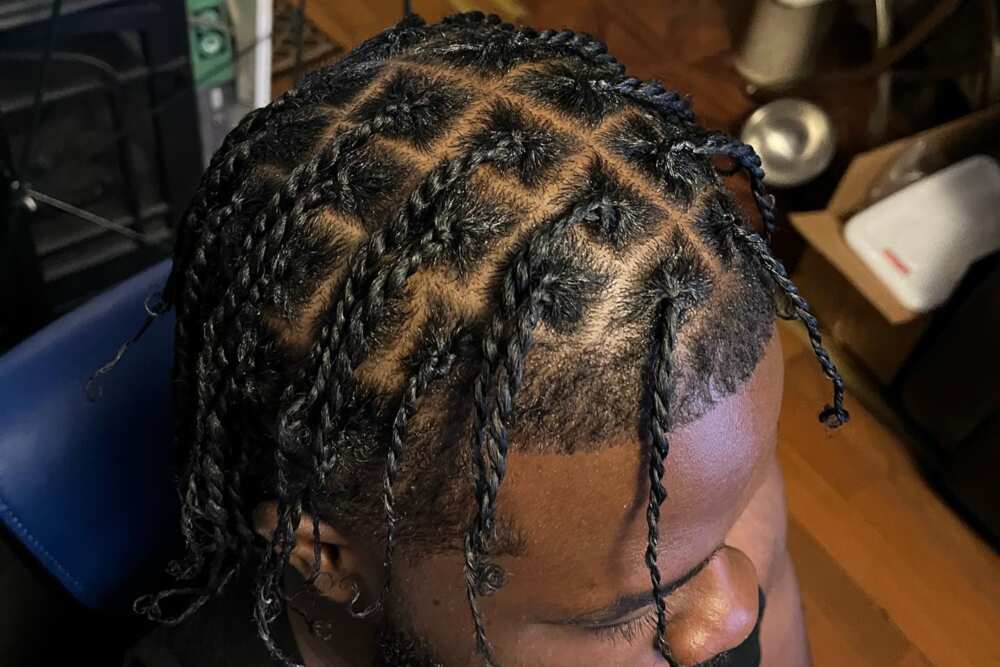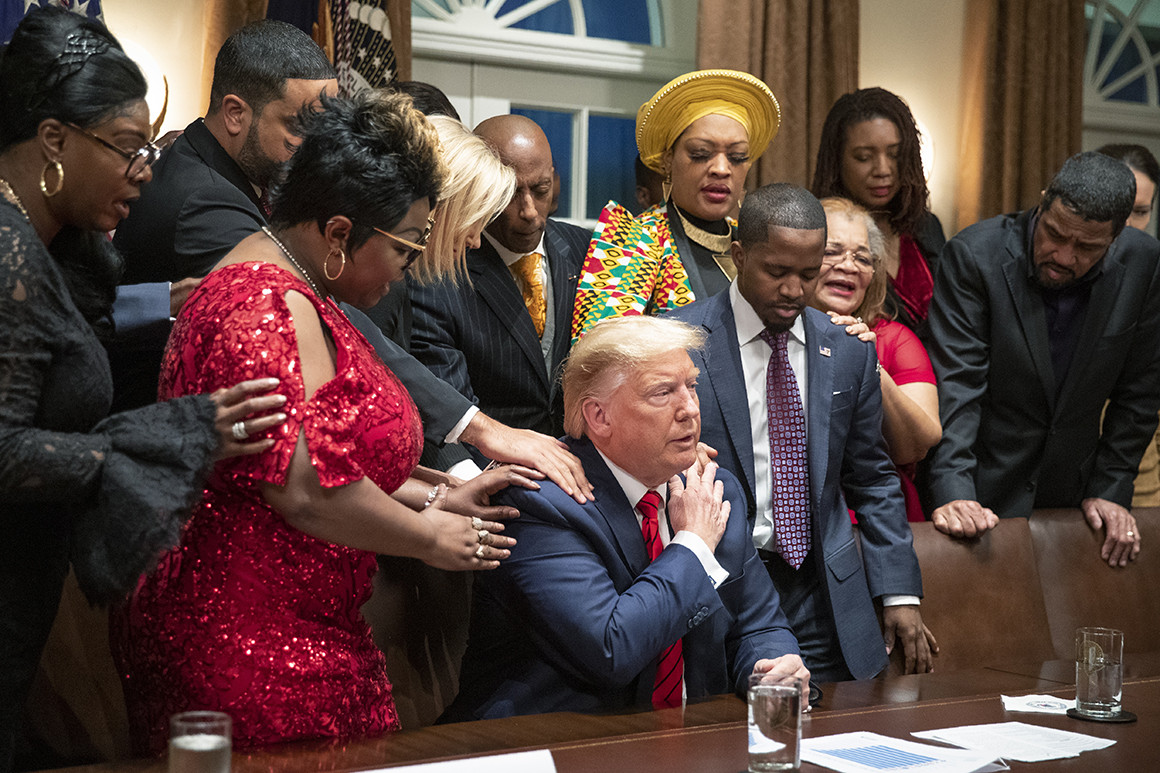(ThyBlackMan.com) It took a team of soldiers, naturalist, and artists to create the perfect camouflages battle wear we see today. But, when did we first use camo or “dazzle,” “hocus pocus,” or other names people have called it throughout the centuries?
Where Did It Come From?
Though the idea of camouflage is old, its modern use didn’t begin until World War I, when aerial and trench warfare became popular. It was during this time that camouflaged battle dress was “invented” for warfare.
The word itself came from the French word “camoufler,” meaning “to disguise.” Born from the French who had dedicated itself to stealth clothing when they were crushed by German troops. The French were easy targets because their official uniform consisted of bright red pantaloons.
The then new field of camouflage warfare borrowed heavily from  Cubist paintings and Renaissance trompe l’oeil art. In fact, Grant Wood and Jacques Villon – both artists at the time – were enlisted to help design camouflaged uniforms.
Cubist paintings and Renaissance trompe l’oeil art. In fact, Grant Wood and Jacques Villon – both artists at the time – were enlisted to help design camouflaged uniforms.
It wasn’t long after the first camouflaged clothes were donned for wartime that nicknames sprung up to “prettify” the practice. During WWI, they were called “camouflage.” After WWII, new names became popular including the familiar “U.S. Woodland” pattern. But, they were still colloquially known as “hocus pocus.” and “dazzle.”
During the Vietnam war, it was the infamous “tiger stripe,” and then the Gulf War introduced the “chocolate chip” or “cookie dough” duds. Egyptian forces wore “scrambled eggs.”
But, “camo” wouldn’t be contained to the military. It bled into mainstream back in the 1980s, with hunters and teenagers donning what used to be strictly military garb.
And, in 2001, the military had to reinvent itself, with the marines introducing “MARPAT.” This design used small, square blocks of color that were considered “visual white noise” by some.
What The Military Uses Today
The military has used pixelated camouflaged uniforms until recently, according to the Stars and Stripes newspaper.
Their grey digital scheme, which was called “Universal Camouflage Pattern,” or UCP, only lasted 8 years. It was found that it actually made soldiers more visible, not less.
What Else Can It Be Used For?
Today, camouflage is used for a variety of things, and much of it isn’t even true camo. With bright pink and red, orange, and fluorescent-colored clothing, camo is more of a fashion statement than it is practical gear.
Companies even make camouflage seat covers for outdoor sports enthusiasts.
Camo is used for hunters, because they believe it makes them less visible to the animals they hunt. Teens still wear camouflage-colored (or designed) sweaters, pants, headgear, and even socks.
Sometimes, people will have truck beds painted in a camo color, or have firearms repainted. And, believe it or not, there is a line of women’s fashion featuring camouflage-themed underwear and nighties.
The uses for it seem almost unlimited, and because citizens don’t necessarily need the concealment of camo, it can be worn casually just about anywhere. Some speculate that people wear it because they’re proud of the military. Others wear it because they just like the way it looks. Still others wear it because they’re veterans and it reminds them of what it was like to be in the military.
Whatever the reason, camo is here to stay.
Staff Writer; Gary Bird




















Leave a Reply